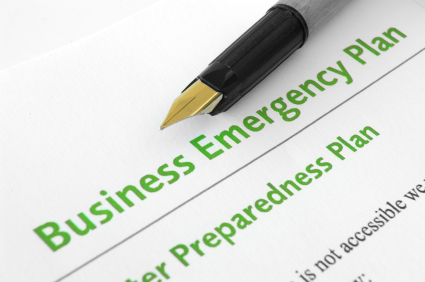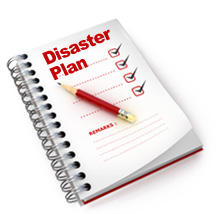 Like individuals and families, schools, daycare providers, workplaces, neighborhoods and apartment buildings should all have site-specific emergency plans. Ask about plans at the places where your family spends the most time: work, school and other places you frequent. If none exist, consider volunteering to help develop one. You will be better prepared to safely reunite your family and loved ones during an emergency if you think ahead, and communicate with others in advance.
Like individuals and families, schools, daycare providers, workplaces, neighborhoods and apartment buildings should all have site-specific emergency plans. Ask about plans at the places where your family spends the most time: work, school and other places you frequent. If none exist, consider volunteering to help develop one. You will be better prepared to safely reunite your family and loved ones during an emergency if you think ahead, and communicate with others in advance.
Tag: disaster plan
How to Create a Disaster Plan
 Preparing for the worst can help minimize the risk. Sample disaster plans are widely available on the Internet, including the SBA’s Web site, and can be customized for your business needs.
Preparing for the worst can help minimize the risk. Sample disaster plans are widely available on the Internet, including the SBA’s Web site, and can be customized for your business needs.
Here’s a short list of how to prepare to best protect your business, should disaster strike:
- Review insurance policies. It’s smart for any business owner to take out property insurance policies, which cover the cost of replacing damaged or destroyed equipment or buildings. But also consider business interruption insurance, which covers lost income in the event that your business is forced to shut down temporarily.
- Develop a contingency plan. Come up with a list of backup vendors or suppliers in case your primary ones are shut down. Consider alternative work sites so that you can keep operating. Keep a list of twenty- four- hour emergency numbers for all your employees, and develop a quick and efficient way of keeping employees informed.
- Back it up. Make backup copies of all critical records, such as accounting and employee data, customer lists, production formulas and inventory. Keep that information in a separate location at least fifty miles away, or subscribe to a online data backup service provider.
via How to Create a Disaster Plan – Small Business – WSJ.com.
